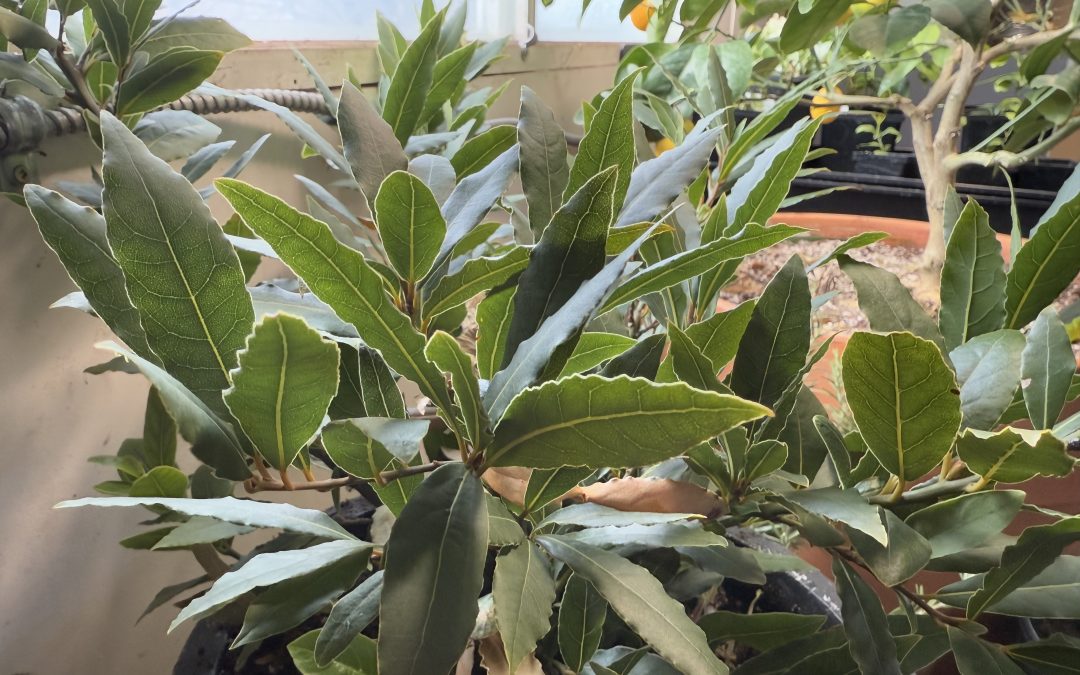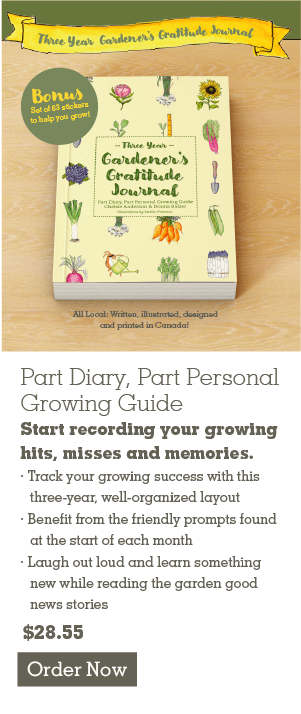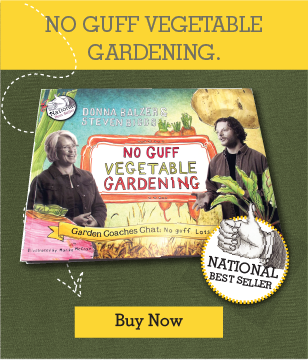I was sprawled on the couch reading and I was losing interest in my book when the scent of simmering soup and the distinctive aroma of fresh bay leaf wafted over from the kitchen. Whether you live in Whitehorse or Washington, bay leaf is one of those easy to grow herbs everyone should have on hand.

When my dog Corle, An Italian Water Dog, is not on the couch there is sometimes room for me to read or enjoy music. Sometimes. Donna Balzer Photo
Helpful husband is concerned about the upcoming American tariffs so he helped out with the budget last night by jumping in and starting soup stock from what remained of our dinner – a chicken carcass. He has seen me do this many times so he nailed it. I only needed to quickly remind him to pick a leaf from our bay plant in the garage and success!
Earlier this week I read the extensive list of things we’ll be paying more for when Canada starts retaliatory tariffs next month. I was surprised spices and seeds and even bay leaves were included on the list. Sure it’s tough to grow your own spices and seeds like vanilla, cinnamon, nutmeg and cloves, because these plants and plant parts come from specialized tropical plants, but bay leaf? It is a Mediterranean plant and it is so hardy it thrives all winter in my semi-heated garage in Calgary, Alberta.
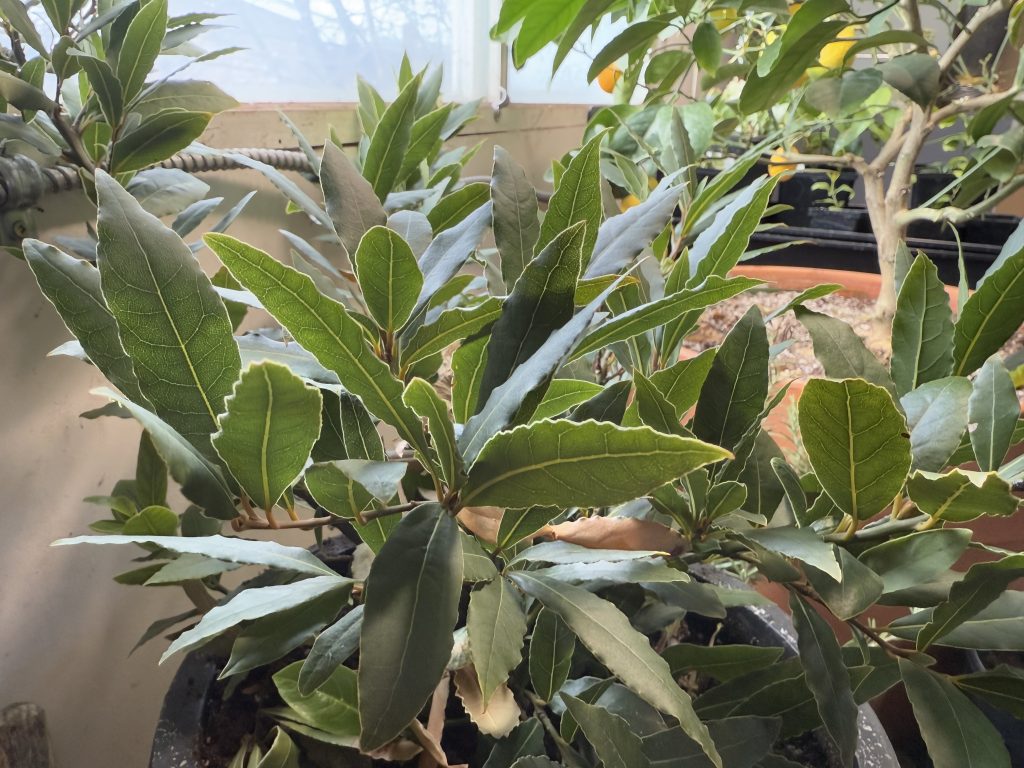
My bay leaf plant growing in my garage supplies me with Bay Leaves for soups and stews and other homemade creations. As a product, bay leaves will soon go way up in price when retaliatory tariffs begin. Donna Balzer Photo
And the proof is in the pudding as the old saying goes. A single fresh bay leaf can scent a whole home while a dry, imported leaf is really the poor cousin, with hardly any scent. Luckily, it is the dry leaves, sold commercially, that will be subject to the new tax. And homegrown, or a Canadian purchased bay leaf plant is easy plant to grow.
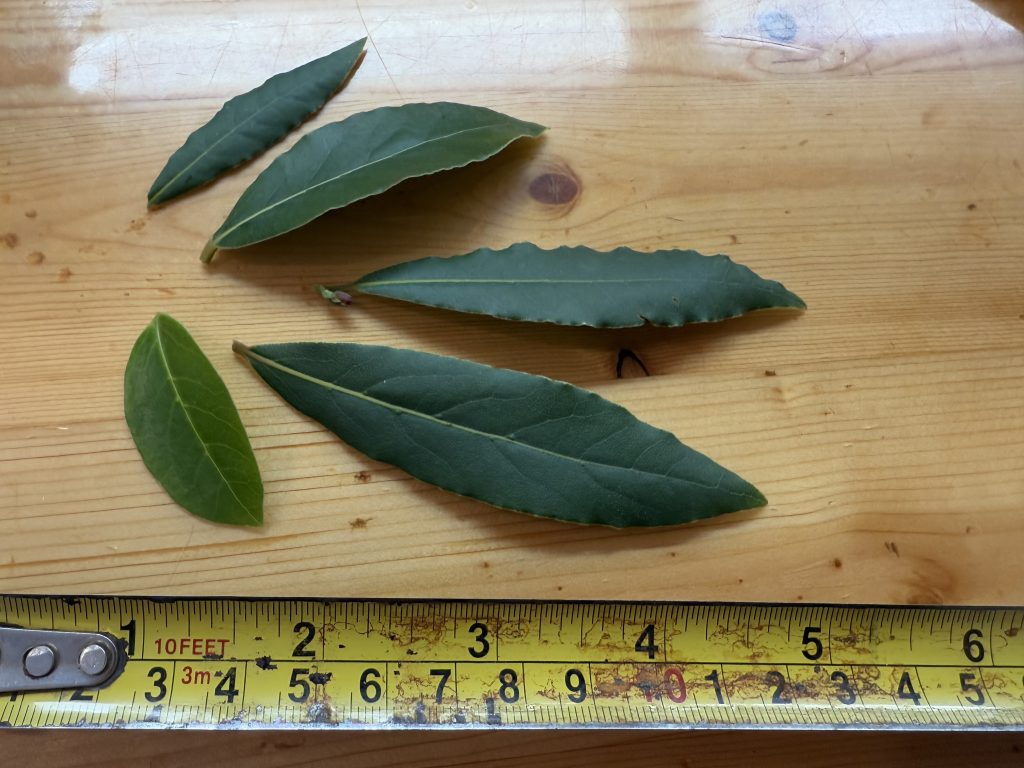
Individual bay leaves are of different sizes but if yours are small, you can always use two at a time. For such a small part of the plant, a bay leaf sure makes a big difference in home cooking.
What is Bay Leaf?
Bay Laurel or Bay Leaf plants (Laurus nobilis) are temperate, not tropical, trees. They grow as easily outdoors in coastal climates like Vancouver Island as they do in American locations like Oregon or California. This means I don’t need to save space on my sunny windowsill in my home in Calgary, Alberta, because these plants tolerate cool temperatures in winter. And even though our garage furnace failed in December, 2024, as temperatures dipped to minus 26 C outside, this plant survived, and is alive despite our systems failure. (Our lemon plant next to the Bay was not as lucky and many – but not all – of my lemons froze and went soft on my small tree even while the leaves survived.)
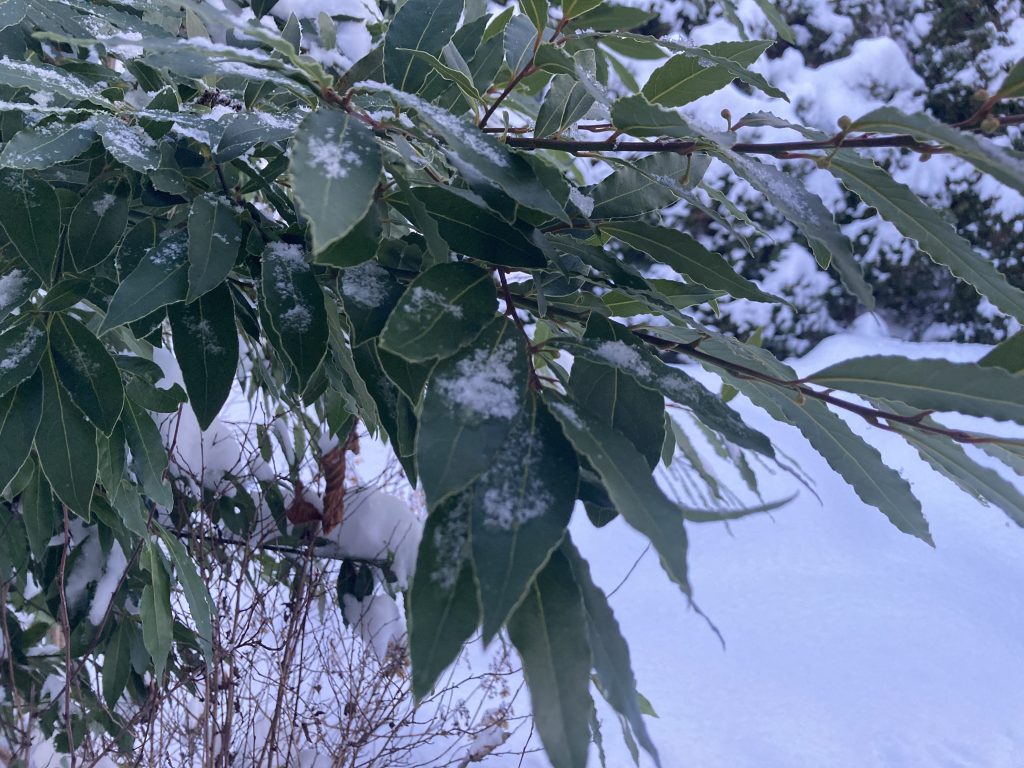
My Bay Leaf tree, Laurus nobilis , growing outdoors in my landscape in Qualicum Beach on Vancouver Island (Zone 7-9). In my much-colder Calgary climate, I grow a cutting from this plant, keeping it over winter in my garage. In spring and summer I move it into my greenhouse. Donna Balzer photo.
How Do You Grow Bay Leaf?
“Like wine, thyme and leeks, bay leaf is a foundational flavour in French Cuisine” says the 2025 Richter’s catalogue. I suggest buying a small plant from Richters or a local garden centre because I have heard seeds will not germinate if they dry out in storage or shipping and because I have had huge success rooting my own plants and growing them, virtually pest free, for years. Small plants are available from Richters Herb & Vegetable Catalogue for $10.95 plus shipping. A plant of your own is a perfect deal because it will provide seemingly endless leaves for cooking without Tariffs.
Taking a cutting from a Bay Leaf plant is easy. Just fina a 6″ piece of stem on your plant and clip it off with sharp shears. Remove all the lower leaves, and set them aside for cooking. Plunge the almost leafless cutting into soft moist soil. I use the very neutral fertilizer-free Prom-mix soilm, moistened before I add it to the pot. It is okay if the leaves you remove from the lower part of the stem dry out before you use them, but once dry, store the leaves in jar so they don’t get dusty.
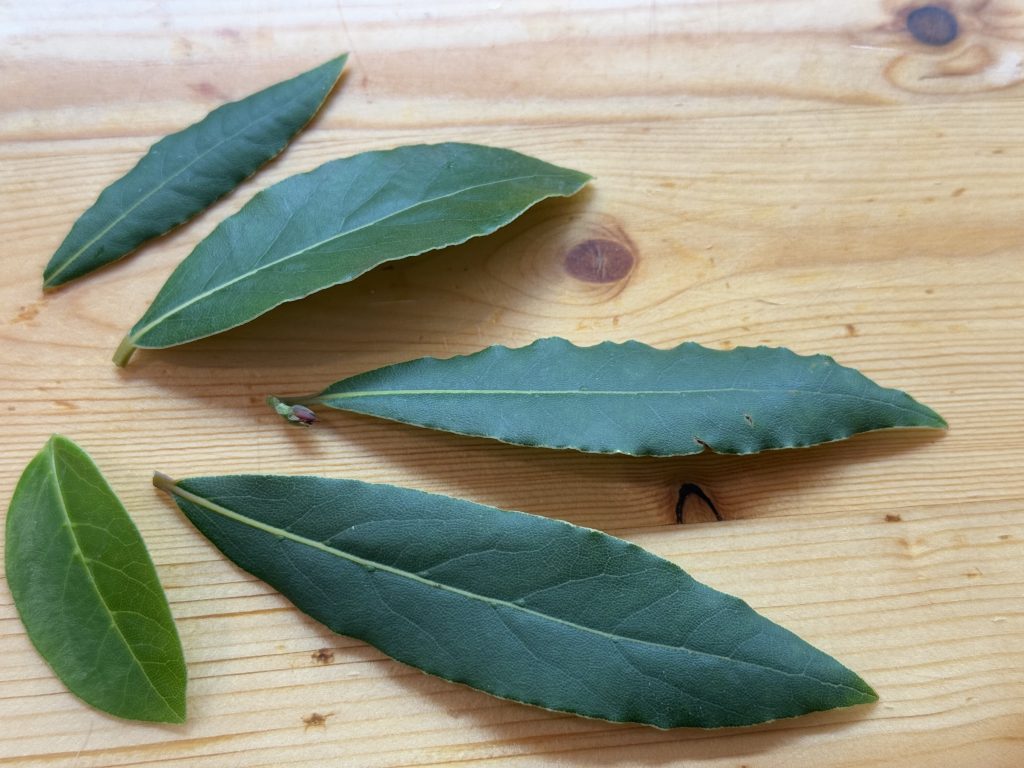
Bay leaves are dark green and the plant is a beautiful, slow growing, evergreen tree. Donna Balzer Photo
Once the cutting is selected and leaves are trimmed from the bottom 3″, the base is dipped into rooting powder before it is pushed into moist soil in a small pot. The cuttings are rigid and will stand up and support themself in their pot.
Some gardeners will take several cuttings at once because it can take a month or more to root each cutting and success might not be 100%. The pot with cuttings is watered and then placed inside a plastic bag or under a rigid plastic lid over a heat source like a heat mat.
In a month to three months you will see the white roots pop out the bottom of the pot. If not, you can gently pull at a cutting. If it resists pulling, it is probably rooted and the whole clump of soil and cuttings can be tipped out of the pot and separated.
Once rooted and gently separated, the cutting are moved to their own 4″ pot, with fresh soil mixed including compost and worm castings. Once established, larger plants can be allowed to dry out in winter (when you might be taking a tropical trip to get away from winter conditions!) Once the plant begins to grow you can start harvesting leaves, one at a time. Leaves will vary in size so you may need one large leaf or two smaller leaves for a batch of soup stock.
Fertilize every spring or in March when light levels improve and air temperature begins to warm. Keep plants moist as they get their spring flush of leaves and gradually let pots dry a bit as fall approaches. Topdress pots in fall with worm castings before they go into cooler growing conditions with less light for the winter. If you don’t have a cool garage with a window, you may have a basement crawl space with a grow light, a cool attic or a partially heated sunroom for the winter.
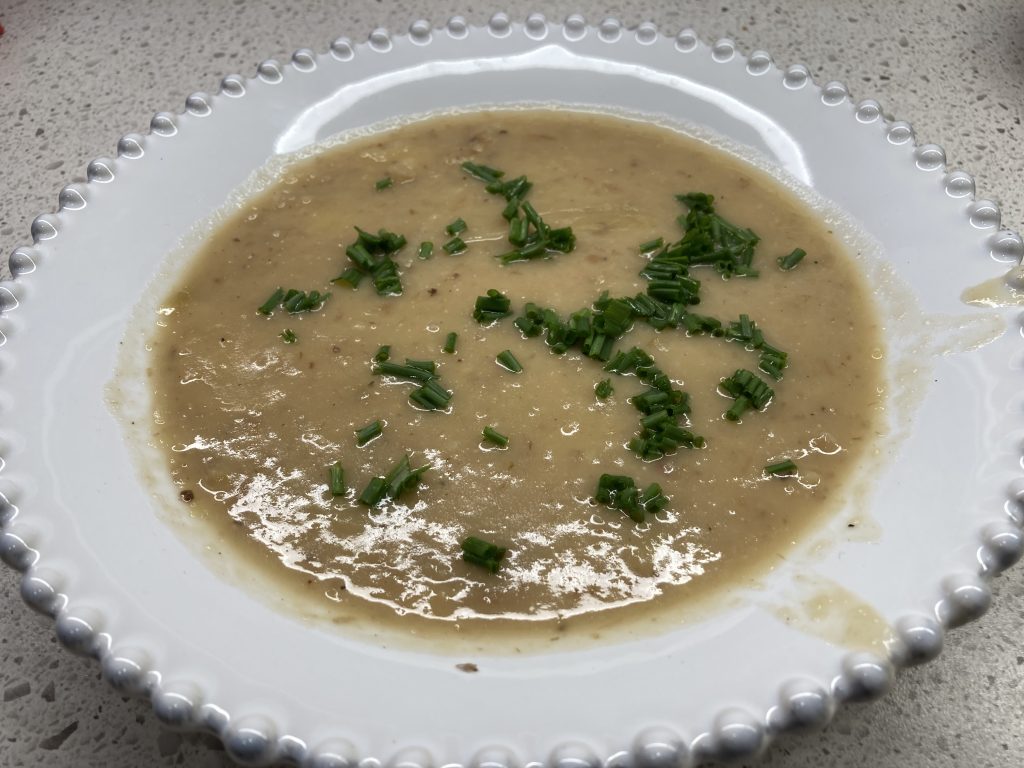
Potato and Leek soup from garden vegetables I grow is especially good when I use fresh bay leaves to make stock first. I also like growing chives indoors under lights to add extra fresh flavour every time. Donna Balzer photo.
Conclusion
My bay leaf tree was over ten years old and over 15 feet tall (3 metres) in my Vancouver Island garden before I moved away. Even though I only use a single leaf occasionally, the plant itself is beautiful with its dark green leaves.
Bay leaf is so simple to grow, it is a perfect example of a plant I don’t want to buy as a dry, tasteless import or pay extra to cover the tariff.
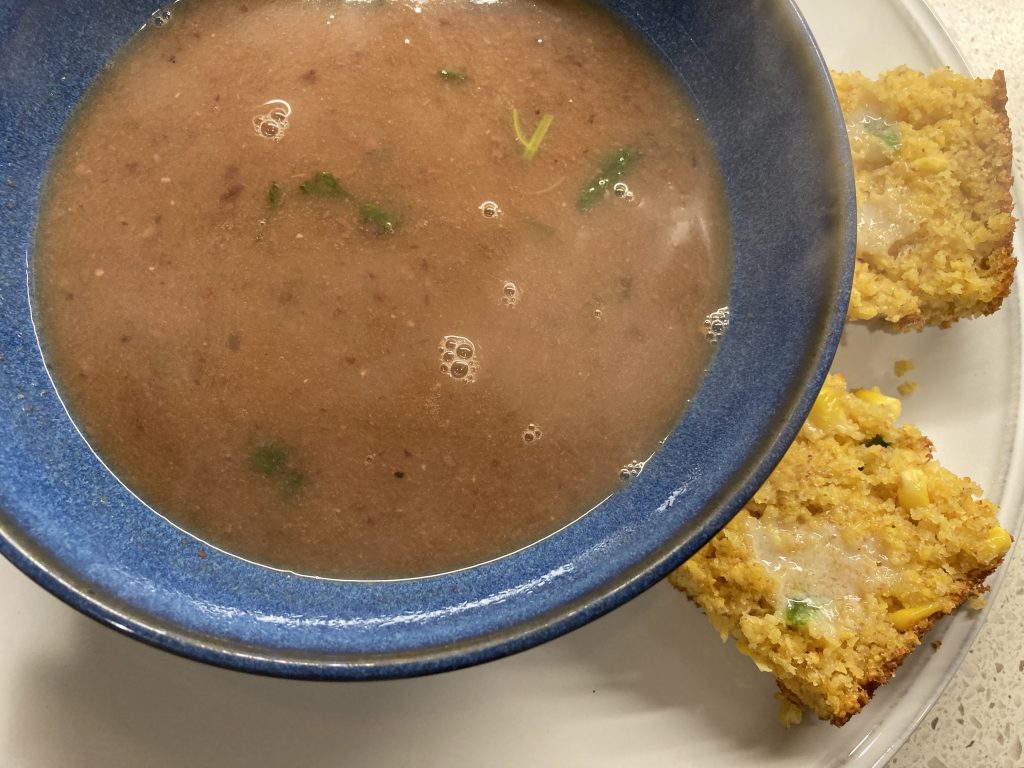
Homemade Bean soup makes use of my fresh bay leaves. Photo by Donna Balzer
So the question posed in my title remains. Why pay tariffs or retaliatory tariffs on dry, tasteless bay leaves? Instead, take a leaf or a cutting from a friend’s plant or buy a small plant from a local garden centre for yourself. Bay laurel is easy to grow and so very useful in cooking of all kinds. Just ask Helpful Husband. He handed over his complete stock last night and I froze it in 1 litre containers. All I need to decide now is what type of soup will I make with the stock? Mushroom, Cauliflower, bean or potato-leek?
Chances are it will be mixed vegetable since it is the season for garden vegetables fresh out of the freezer. Except for the bay leaf. It is fresh off the plant any time of the year.
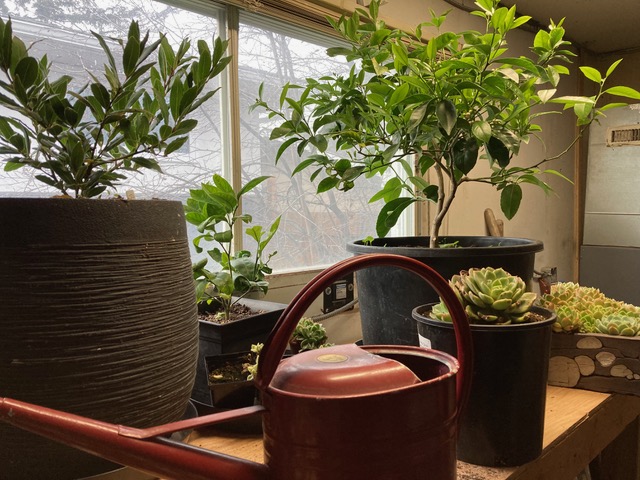
My grow shelf in my garage has all my cold hardy plants like bay leaf, Meyer Lemon and Echeveria. Only the lemon fruit suffered from the unfortunate loss of heat in December. Photo by Donna Balzer
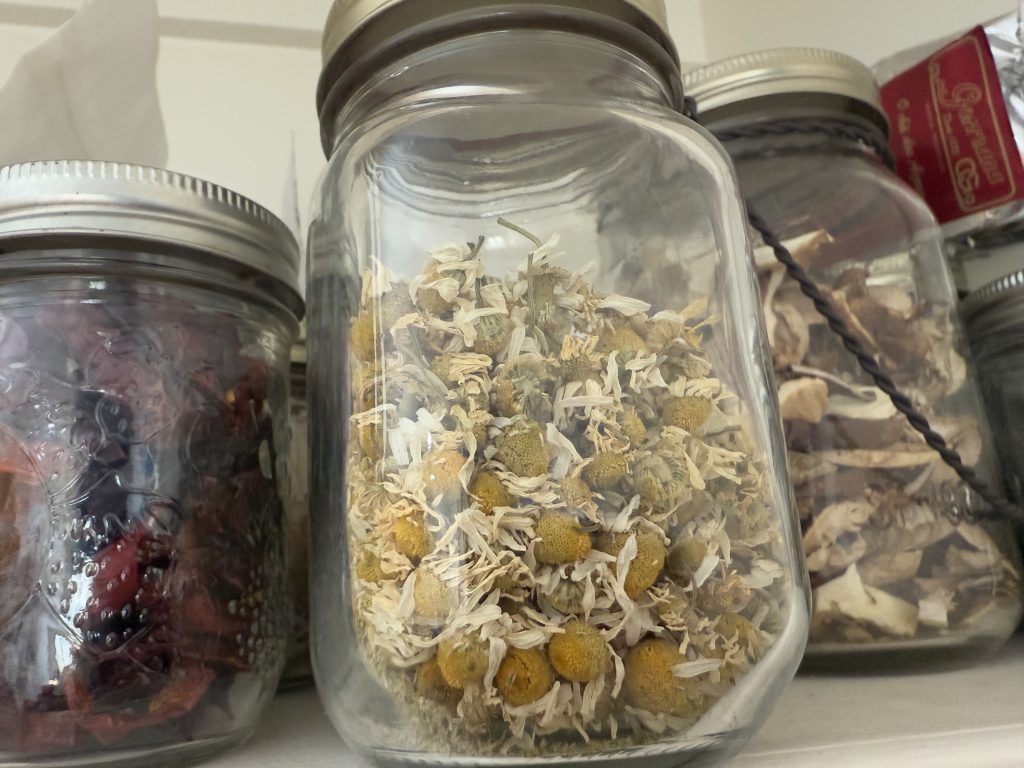
Chamomile looks a lot like a weed while it is growing but once harvested it stores simply and makes a soothing cup of tea. One of the many COOL CROPS we’ll feature in our next Monthly Meetup for gardeners is Chamomile. Photo by Donna Balzer
To check out our ongoing Monthly Meetups for gardeners SIGN UP NOW for one or ongoing Monthly Meetups for Gardeners. TO GO DIRECTLY TO OUR NEXT CLASS “FUN FOOD” crops CHECK OUT THIS LINK.
